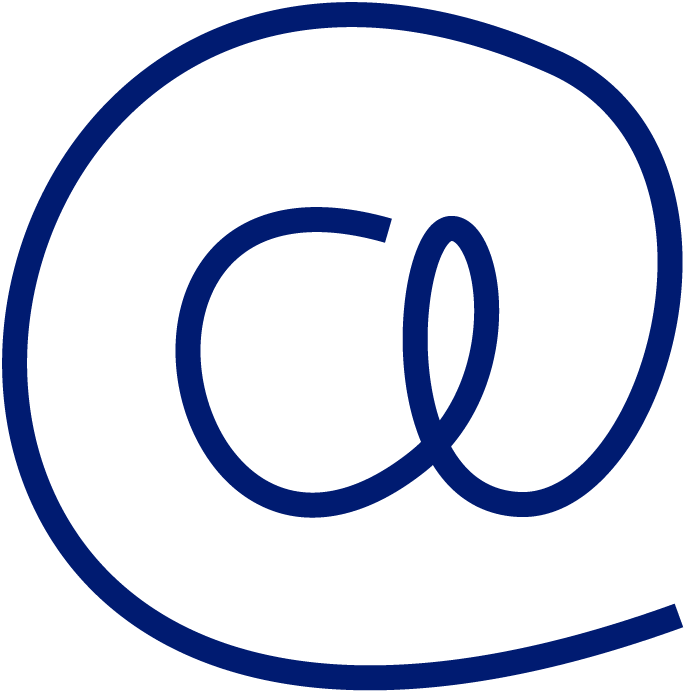

AI can scare some people off. And yet, its users estimate that they gain an average of one hour each day* in their job! Properly understood and mastered, artificial intelligence can become an ally. Once that's clear, the next question is how to use artificial intelligence. Let's take a look at some of the tasks where AI can save you time.
A good start is to dispel certain preconceived ideas. “First of all, many people wonder if their job is threatened, if they're going to be replaced by the machine. But I explain from the outset that it's just another way of working” says Helene Couderc, AI expert and training at Cegos.
The onus, however, is on everyone to get trained. “Some IT departments are still wary. If you don't have a choice, there's some excellent content on Youtube. But ideally, you need to be trained by your company. Because the use of AI requires certain precautions, particularly around data protection. “I often draw an analogy with the car. It's very useful, but it can also be dangerous. You have to know the highway code. And in this case, a code that will continue to often evolve…
Using artificial intelligence to produce content
To date, OpenAI's ChatGPT remains the tool of choice for 66% of users, ahead of Google's Gemini, Adobe Photoshop IA and Microsoft's Bing Copilot. But once you know how to navigate these platforms, you're in for a treat! ‘Already, I see AI as the antidote to writer’s block’, explains Hélène Couderc.
As a reminder, so-called generative artificial intelligence is a particular type of artificial intelligence that can generate texts, images, videos or codes from a human text request. ‘It's like having a great colleague to brainstorm with’, continues our specialist.

The only requirement is to know how to write a prompt, i.e. to know how to ask the machine what you need and define a role, a mission, with a context. The Cegos experts have designed the DIALOG method to improve the performance of a conversation between humans and machines. This method involves adopting the right reflexes and following a few simple steps.
‘If we go into the details of how to use artificial intelligence, for example, it's a great tool for preparing a presentation of around ten slides on a subject. I can start by outlining my mission and then ask the AI about ideas for articulation and plans’.
This is the start of a real exchange. ‘The AI will produce a first version and we'll ask it to develop certain parts, give examples and, above all, cite its sources.
On the illustration side, the AI will stimulate creativity and come up with ideas for visuals and videos, for example. ‘It's an alter ego that helps you think. But the user retains control and will constantly reframe the machine, in particular by paying attention to certain biases’.
Relieve yourself of tedious or repetitive tasks with AI
People who use generative AI are quickly convinced of its benefits, and 80% would recommend its use to friends and family. ‘As soon as you realise that these tools can free up brain time for other tasks, you're convinced. Hélène Couderc cites an example that will speak volumes. Take the minutes of a meeting that nobody wants to do,’ she smiles. After a video meeting on Teams, the AI can generate a transcript and a summary. There's still room for improvement, but it makes the job easier.
Another common example is getting AI to help you manage your email flow. ‘Artificial intelligence can summarise long emails or prioritise messages according to defined criteria. It will also be a relevant assistant for anyone who is worried about writing emails, either because they are afraid of making spelling mistakes or because they find it tedious’. Here again, don't take the text produced at face value. ‘Sometimes sentences will have to be shortened and elements added. But it will be less time-consuming.
Some office software packages have already integrated this dimension and allow you topersonalise the customer experience. ‘Copilote Pro adds an e-mail component to all these tools, making it possible to draft highly personalised and relevant responses. The programme generates responses based on the customer's professional content, combines this content with the user's work context and can even draw on previous email exchanges on a subject.

Artificial intelligence as an optimisation and planning tool
The more you learn, the more possibilities there are. ‘Optimisation and automation represent an essential level of AI,’ continues Hélène Couderc. In the current trend, every software package has its own AI brick. There are a lot of possible automations based on Excel tables, for example’. In practical terms, these tools enable genuine predictive maintenance. ‘Thanks to the computing and data processing power of AI, this gives very useful analyses of files and management of figures’.
The more information you've given the machine, the more it will personalise exchanges. ‘With AI in the sales sector, you can push out really personalised offers based on the information gathered about buyers,’ adds our expert. It will even be possible to personalise exchanges even further by recalling a previous incident and ensuring that it has been resolved. ‘There are a huge number of ways of tracking the customer experience and using it.
For managers, it's also a fantastic tool for monitoring and supporting their teams. ‘It works very well with sales figures per salesperson. Artificial intelligence can determine the best-selling products, for example, and suggest adjustments. But the benefits are not limited to the sales sector. ‘For any manager, it's also an HR tool for monitoring the training needs of his or her staff, or even just for managing holidays according to individual and departmental needs.

Using AI as a decision-making aid
Ultimately, AI should be seen as a formidable decision-making aid. ‘Upstream, AI will be able to read market studies or books for us and summarise long documents to help the user form an opinion on a subject. Better still, once the summary is complete, the machine can be asked to point out the strengths and weaknesses of an approach. ‘Thanks to AI, we can develop a more critical sense and approach a problem in a different way. We can ask the machine for arguments in one direction, then in the opposite direction.
Where does the strength of artificial intelligence come from? ‘These are machines that have been extensively trained and nurtured on many subjects. A great deal has been produced on CSR, for example. So the machine can even formulate nuanced comments depending on the size of the company. Of course, it's dizzying, but Hélène Couderc is urging everyone to take the plunge gradually. ‘The first question to ask yourself is what is the main benefit of AI for my business, and then master the right tool and know how to take certain precautions’.
This approach is all the more necessary as these new technical skills will soon be essential for every CV. But it will also be one of the soft skills that we'll be asking of future employees,’ insists our expert. We must never forget that people and their critical minds are still in control. An employer will therefore appreciate technical expertise, but just as much the ability to stand back and think critically about what is produced by the machine.
A new ‘industrial revolution’ that promises to shake up our daily working lives… in a good way.
This article was originally published by Cegos France under the title "Comment utiliser l’intelligence artificielle pour gagner en efficacité au travail ?"
* Source: The Adecco Group’s 2024 Global Workforce of the Future survey








